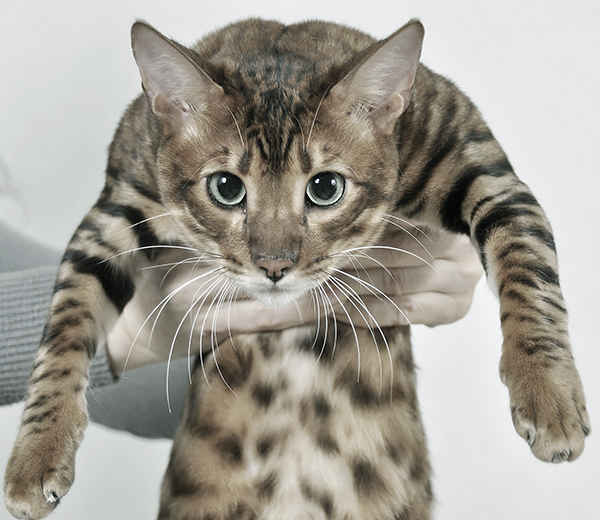Why doesn’t my cat meow?

Exploring the Mystery Behind Silent Felines: Why Doesn’t My Cat Meow?
Breed Specificity
Certain cat breeds exhibit distinct vocalization patterns, with some being notably more vocal than others. For instance, the Maine Coon and Siamese breeds are renowned for their chattiness, often engaging in frequent meowing to communicate with their owners.
Conversely, breeds – example: the Scottish Fold and British Shorthair tend to be quieter by nature, emitting fewer meows as a means of expression.
Health Issues
A cat’s ability to meow can be hindered by various health conditions, ranging from laryngeal paralysis to upper respiratory infections or oral pain. If your once-vocal cat suddenly falls silent or displays unusual behaviors, it could signal an underlying medical concern requiring prompt attention from a qualified veterinarian.
Personality
Much like humans, cats possess unique personalities that influence their communication styles. While some cats are naturally inclined to express themselves through meowing, others may prefer quieter forms of interaction. Understanding your cat’s individual temperament can provide insight into its vocal tendencies.
Socialization and Environment
The socialization and environment in which a cat is raised play crucial roles in shaping its vocal behavior. Cats raised in tranquil settings with limited exposure to other animals or humans may not develop a habit of meowing as a primary means of communication.
Similarly, feral cats lacking socialization with humans may exhibit reduced vocalization compared to their domestic counterparts.
Age
Meowing serves as a vital means of communication for kittens, enabling them to interact with their mother and littermates. However, as cats mature, their reliance on meowing may diminish, particularly if they establish effective non-verbal communication with their owners.
Fascinating facts

Cats possess a rich repertoire of vocalizations beyond meowing, including purring, chirping, hissing, and subtle body language cues.
The nuances of a cat’s meow, including its frequency and tone, convey diverse meanings. A short, high-pitched meow may indicate excitement or greeting, whereas a prolonged, low-pitched meow might signal discomfort or a plea for attention.
Contrary to popular belief, cats primarily meow as a means of communication with humans rather than with other cats in the wild.
Some cats exhibit a phenomenon known as “silent meowing,” wherein they open their mouths as if to meow but produce no sound. This behavior can stem from genetic factors, learned behaviors, or past experiences.
Excessive meowing in cats can sometimes be attributed to underlying medical issues, anxiety, or stress. Vigilant monitoring of your cat’s vocalization patterns is essential, and consulting a veterinarian is recommended if significant changes occur.
Understanding the intricacies of your cat’s vocal behavior can deepen your bond and enhance your ability to meet its needs effectively.












